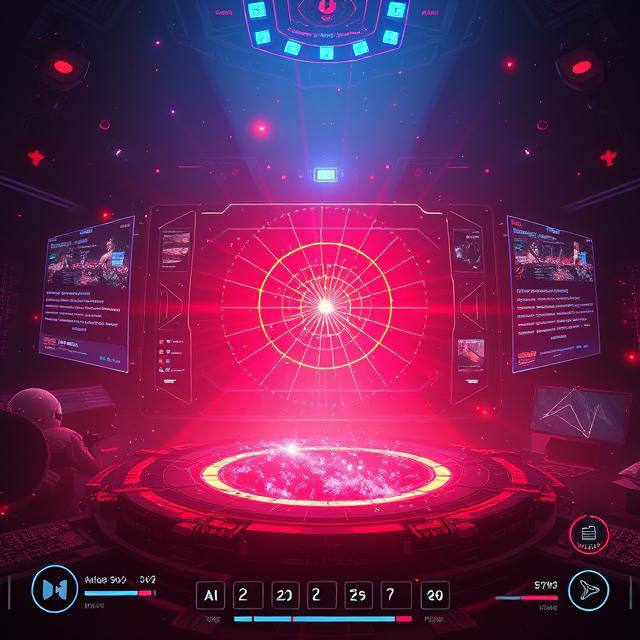A well-designed user interface (UI) and user experience (UX) are essential to a successful game. From intuitive menus and HUDs to clear inventory systems and tooltips, UI/UX design ensures players understand how to interact with the game world effortlessly. The software used to design and implement these interfaces is crucial to that experience.
Game engines like Unity and Unreal Engine have powerful built-in UI systems:
- Unity uses the UI Toolkit and Canvas system, allowing designers to create interfaces with hierarchy-based elements (buttons, sliders, images, text).
- Unreal’s UMG (Unreal Motion Graphics) system enables visually-driven UI creation with Blueprint scripting for animations, interactions, and state changes.
For UI/UX prototyping, developers often turn to design tools like:
- Figma – collaborative, browser-based design tool used to mock up and test UI flows
- Adobe XD – for interactive UI prototypes and wireframes
- Sketch – vector-based design software popular in UI design
- InVision – for UI demos and stakeholder feedback
Once designs are approved, they are exported as sprites or layered assets and brought into the engine. Tools like TexturePacker help bundle and optimize UI elements for runtime performance.
Good UX goes beyond visuals—it’s about clarity, consistency, and feedback. Responsive UI elements, smooth transitions, and intuitive layouts reduce player frustration and enhance immersion.
In genres like strategy games, RPGs, or mobile titles, the interface is the main way players interact with the world—making UI/UX design software not just important, but essential to success.

Leave a Reply